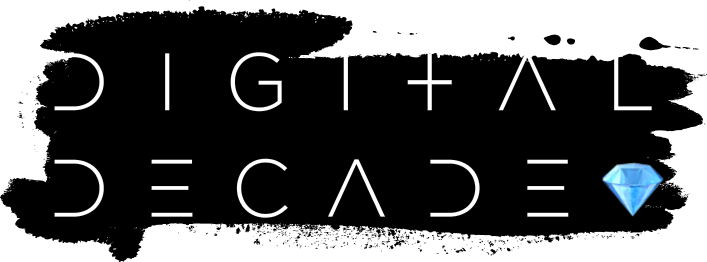Open Call Artists Selected for Digital Decade London Exhibition
Markos Kay
Sedition and Designcollector are delighted to announce the winners of the Digital Decade open call for video artworks. In July, artists working with the moving image were invited to submit their responses to the theme ‘Cyberia’. Artists were asked to respond to the geopolitical, environmental, social changes taking place today in the digital age. They were also asked to reflect on what it will mean in the digital near-future to be a ‘digital native’ born into a world mediated by algorithms.
A total of 85 works were entered into the open call. The judging panel was impressed by the quality of the works submitted overall and choosing the winning works was a challenge. However the list was narrowed down and five artworks were chosen to present their work in the Digital Decade 5, an exhibition organised by DesignCollector Network, from 25-27 August.
Here’s a runthrough of the selected artworks:
Quantum Fluctuations by Markos Kay
Markos R. Kay is a digital artist, director and lecturer with a focus on art and science. He is best known for his video art experiment aDiatomea (2008), exhibited at Ernst Haeckel's Phyletic Museum, and for the generative short The Flow (2011), which can be seen in an episode of the TV series, Breaking Bad. His art and design practice ranges from screen-based media to projection and print. Kay’s work can be described as a series of experiments using generative methods which explore and abstract the complex worlds of molecular biology and particle physics.
Turmoil by Joëlle Snaith
Joëlle (b. 1982) is a South African designer and visual artist whose work is focused on exploring the connection between sound and form. Her creative process is led by experimentation and emotion and she considers her output a reflection of her environment and state of mind.
Her works range from music videos and generative graphics to live real-time visuals and are constructed of computer generated imagery and audio responsive elements that result in moving images largely sculpted by sound.
Of Soil by Yoshi Sodeoka
Yoshi Sodeoka is an artist from Yokohama, Japan, who’s lived in New York for more than two decades. Sodeoka’s neo-psychedelic work with video, GIFs and print simultaneously inhabits the world of fine art, music (he’s collaborated with bands like Psychic TV, Tame Impala, Yeasayer, Beck, The Presets), publications (creating art prints for New York Times, Wired Magazine, San Francisco Magazine, Entertainment Weekly), and advertising (developing projects with brands like Apple, Samsung and Nike). Sodeoka’s work has been shown all over the world, from Centre Pompidou, Tate Britain, Museum of Modern Art, Deitch Projects, La Gaîté lyrique, Channel 4 Random Acts UK, Baltimore Museum of Art, OneDotZero, Sonar Festival, Transmediale, Whitney Museum of America's Art Artport. His artworks are in the permanent collections of Museum of the Moving Image as well as the San Francisco Museum of Modern Art. Sodeoka’s experimental video art collective, Undervolt & Co, was founded in 2013.
When Hell Freezes Over by Carla Gannis
When Hell Freezes Over is a time-based realization of the print triptych and consists of composited elements which capture the cycles of nature. The seasons are rendered as emojis as the work flits between Bosch’s famous painting and digital culture at its most recognizable and ubiquitous. When Hell Freezes Over is both a humorous mash-up and reflective comparison of Bosch’s iconography and Emojis, the virtual sign/symbols of the present century.
Nearfield by Overlap
Overlap's Nearfield appears as a moving piece of audiovisual abstraction rendered in a palette of mostly whites, occasionally interrupted by nuances of new colours which add a subtle warmth to an otherwise icy ambience. As the visuals unfold, Overlap’s polyphonic soundtrack produces a series of alien vibrations, evocative oscillating disruptions which carry the shifting shadows across the screen. As hypnotic as they are haunting, Nearfield creates a view into an isolated and entirely abstract world in which detail appears to have been replaced by impenetrability and ambiguity. As with other works from the Glide collection, Nearfield appears to delve into our psyche, relating experienced dreams to realised abstractions.

